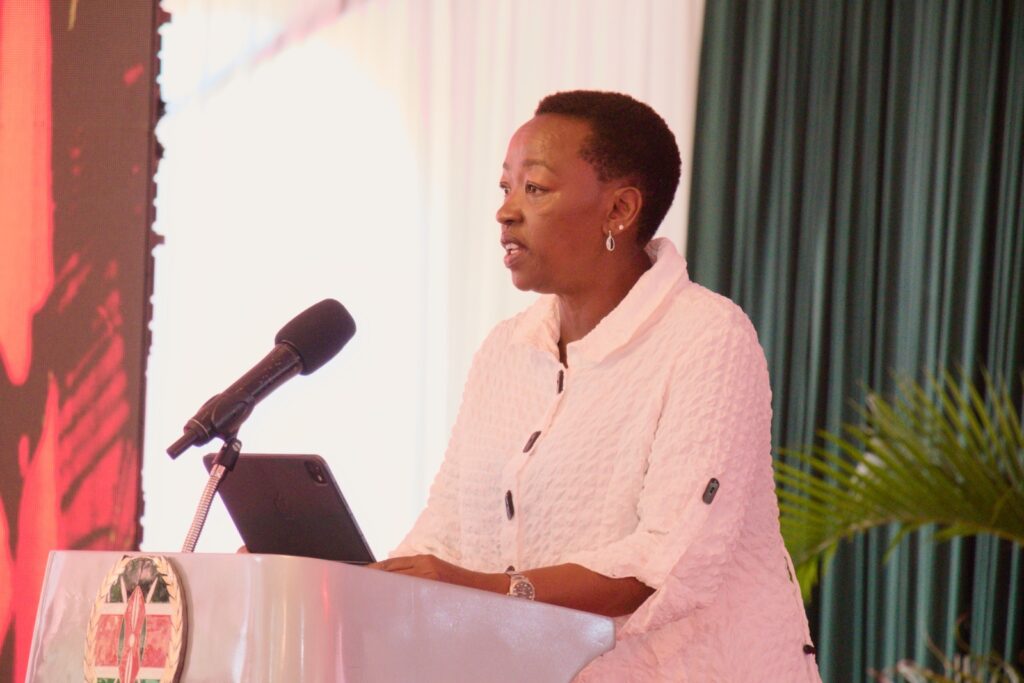Kenya has taken a bold step in advancing inclusive healthcare through the official launch of the Cochlear Implant Project at Kenyatta National Hospital (KNH). The initiative, unveiled by First Lady Rachel Ruto alongside Her Royal Highness Lalla Asma from the Kingdom of Morocco, aims to restore hearing to 70 children living with hearing impairments.
The week-long medical mission, running from 3rd to 7th November, brings together Kenyan ENT surgeons and specialists from Morocco in a collaborative effort to transform young lives through cutting-edge surgical technology. These cochlear implant surgeries are designed to give children born deaf the ability to hear, speak, and fully engage with their families and communities.
During the launch, the First Lady described the project as a beacon of hope for countless families who have endured the silent struggles of hearing loss. She emphasized that the initiative is not just a medical intervention but a societal commitment to inclusion and human dignity.
“For too long, silence has shaped the lives of many children in Kenya and across Africa—children full of promise, yet unable to hear the voices that call their names. Today that silence begins to fade,” she said, highlighting the emotional and transformative impact of the project.
The First Lady underscored the government’s continued commitment to expanding access to advanced surgical care, especially for children with disabilities. She praised the collaboration between Kenya and Morocco as a model of partnership, demonstrating what can be achieved through shared purpose and compassion.
She also called for sustained investment in healthcare innovations, urging public and private sectors to continue supporting such programs that restore dignity and opportunity to children with disabilities.
“Every child in Kenya deserves the chance to be heard and to thrive,” she said, affirming that the initiative reflects Kenya’s vision of equality, inclusion, and technological advancement in healthcare.
The Cochlear Implant Project aligns with global health objectives to reduce disability and promote equitable access to medical technologies. As Kenya builds local capacity through specialized medical training, the program sets a precedent for other African nations to follow, reaffirming that silence is no longer inevitable—with collective effort, it can be replaced by the sound of hope and belonging

